New Sony FX3 expands Sony’s Cinema line with its smallest, cheapest model yet
Aimed squarely at one-person shooters, the FX3 looks like an Alpha but has the tech of Sony’s Cinema line cameras
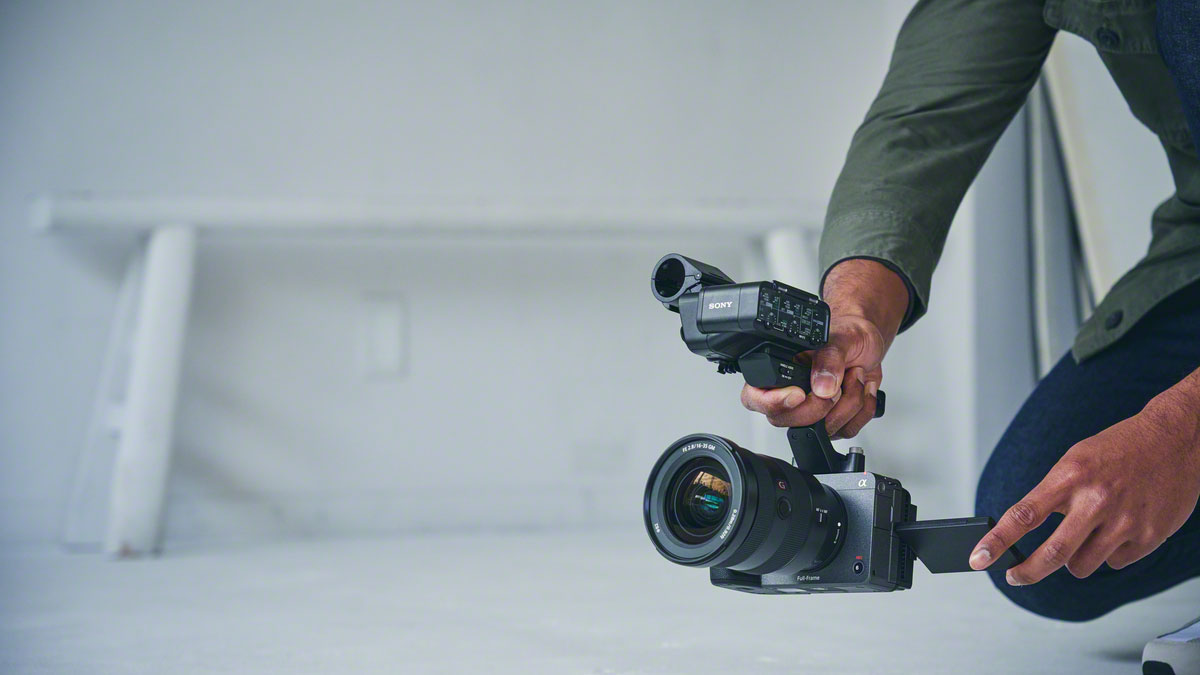
The Sony FX3 looks like a bridge between Sony’s Alpha mirrorless cameras and its box-shape cinema cameras, offering cinema features and controls with the smallest body and the lowest price yet.
Where Sony’s Alpha mirrorless cameras are essentially hybrid stills/video shooters, even the recent Sony A7S III (according to Sony), the FX3 is an out-and-out movie camera, complete with Sony’s Cinetone-S color science, a detachable handle with XLR audio input, integrated mounting points and a movie-specific control layout unlike anything on Sony’s existing Alpha models.
The Sony FX3 might look like an Alpha, but its actually the newest and smallest member of Sony’s Cinema line, with the VENICE at the top, the FX9 and the still-new FX6 below it.
• Of course, this begs the question, which Sony video camera should you buy now? Read our Sony A7S III vs Sony FX3 vs Sony FX6 comparison for a full analysis.
We’ve already said the Sony FX6 is the cinema camera the world had been waiting for, but maybe we should have waited for this one…
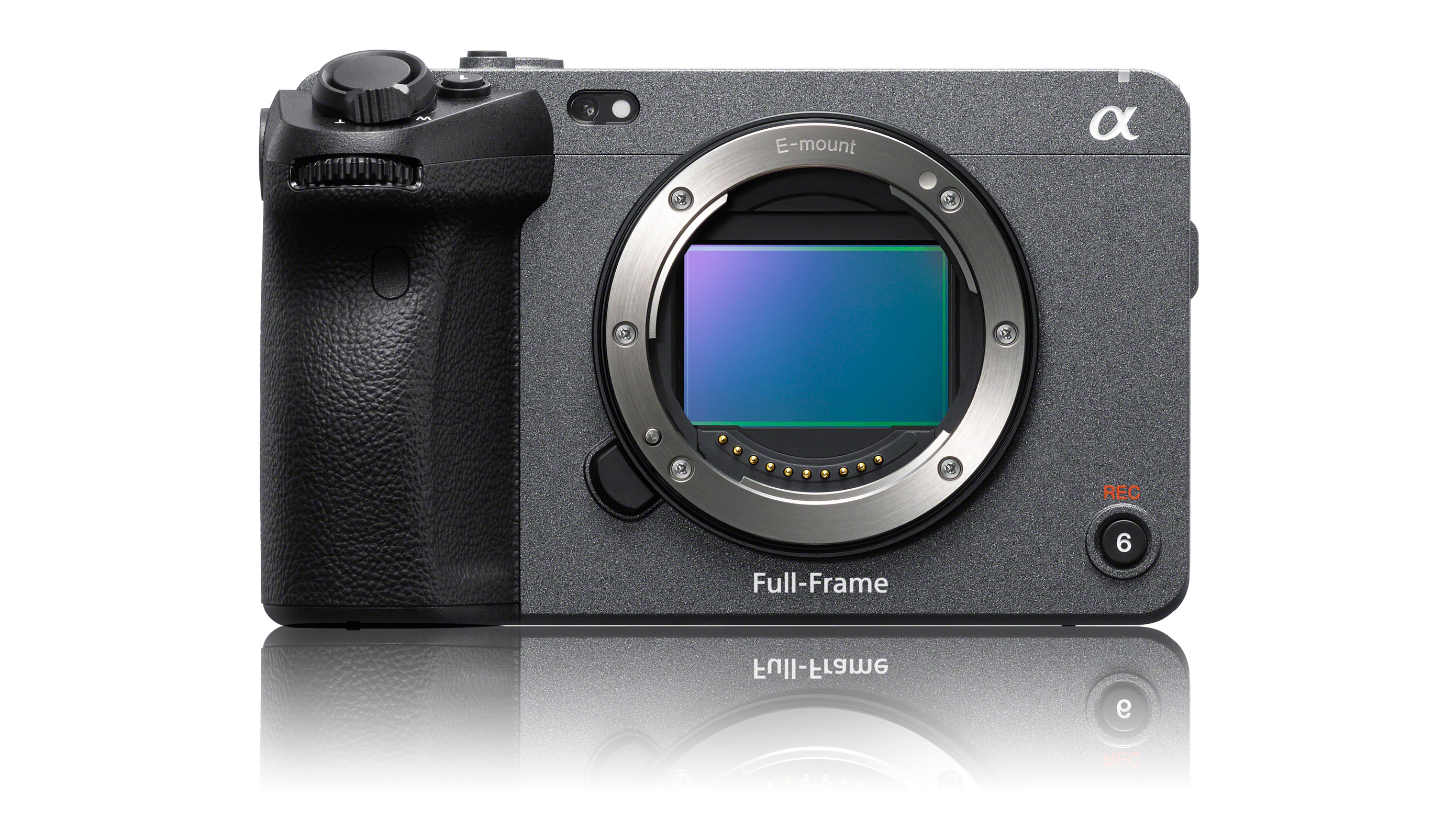
Sony FX3 technology
Internally, the Sony FX3 has a lot in common with the A7S III and the Sony FX6. It has a full frame 10.2MP back-illuminated EXMOR R CMOS sensor paired up with Sony’s high-speed BIONZ XR processor.
The combination offers video shooting speeds up to 4K 120p and 240p for full HD video, but the key innovation in the FX3 is active cooling – it has an internal fan to allow unlimited 4K 60p recording, and also supports USB power delivery, so that the battery capacity needn’t be a limitation either.
Get the Digital Camera World Newsletter
The best camera deals, reviews, product advice, and unmissable photography news, direct to your inbox!
The FX3 offers ISO settings up to 102,800, or 409,600 in expanded mode, and while Sony says it doesn’t have ‘true’ dual-ISO sensor tech, it is especially good at ISO 640 and ISO 12,800. Sony also claimed 15+ stops of dynamic range and reduced rolling shutter (jello effect).
The AF system offers 627 AF points when shooting video, covering 94% of the frame height and 95% of the width (89% in total), and it has Sony’s usual Real-Time Eye AF and touch subject tracking.
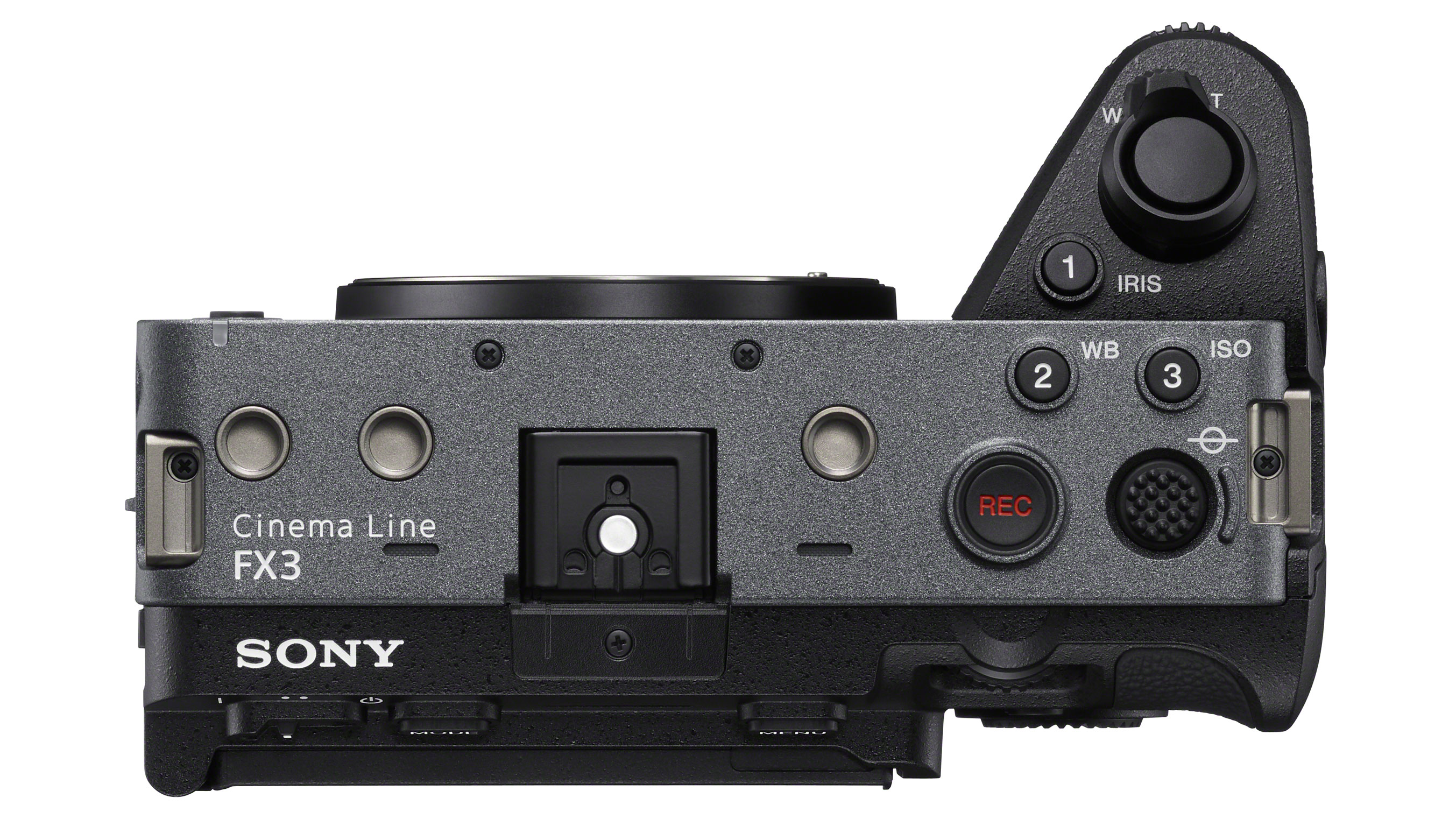
Sony FX3 design
The FX3 might seem technically similar to the A7S III but physically it’s a very different beast entirely. There’s no viewfinder ‘bump’ on the top because there’s no viewfinder, not even on the back (like the A7C). Sony has no plans to offer one as an external add-on, but does point out that video shooters can add an external monitor.
The FX3 does have a side-opening 3-inch 1.44m-dot touchscreen display, and a full-size HDMI port for external recorders. It is capable of 10-bit 4:2:2 16-bit RAW output via HDMI, though Sony has yet to make an official announcement about supported recorders.
You may not need an external recorder. The FX3 can record 4K 120p, FHD 240p and 4K 60p 4:2:2 10-bit internally to twin CFexpress Type A/SD card slots. If you’re worried about the cost and availability of CFexpress Type A cards, Sony says V90 SD cards can handle all recording formats except for all-intra recording in the 4K 120p and FHD 240p modes.
The included carry handle sets the FX3 apart from Sony’s Alpha cameras. It works as a handle for low-angle shooting but also includes two XLR/TRS digital mic inputs (the FX3 body has its own 3.5mm mic and headphone jacks, as well as an inbuilt stereo mic).
The FX3 body has five stainless steel 1/4-20 mounting points and there are three more on the handle so that, according to Sony, you won’t need a cage.
Apart from an EVF, there are two more things you don’t get on the FX3. First, there’s no direct Super35 crop support – the sensor doesn’t have the resolution for 4K capture in crop mode. Second, and probably worse, there’s no in-built ND filter feature.
What it does have is Sony’s tried and tested 5-axis in-body stabilisation, coupled with an Active Mode for additional digital stabilisation (with a slight image crop), effective even while walking (though not available at 120p or higher. The FX3 can embed movement metadata so that Sony’s Catalyst Browse or Catalyst Prepare tools can adjust the balance between stabilisation and cropping in post-processing – and much more quickly than software that doesn’t have this data.
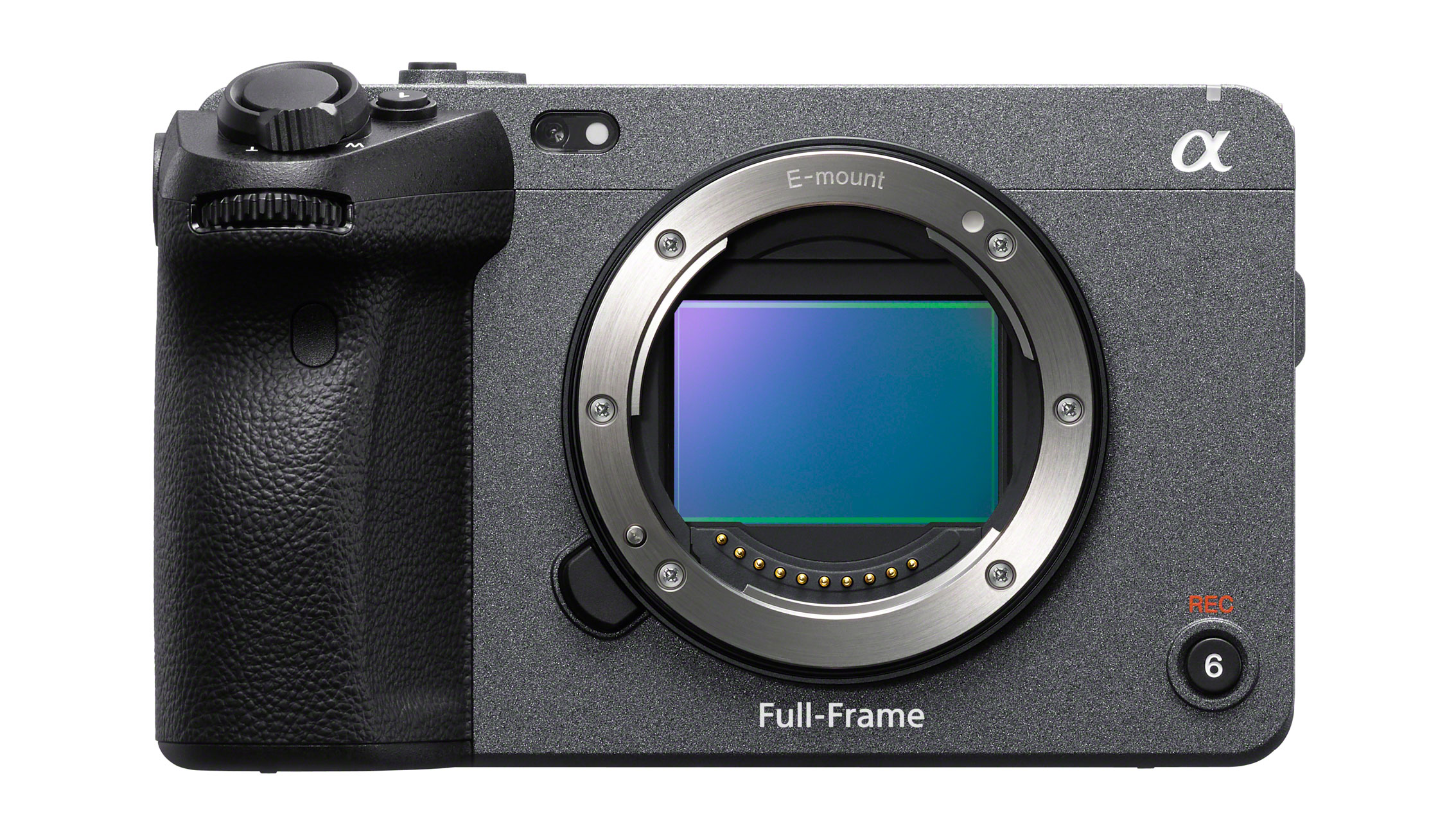
More Sony FX3 specifications
Sensor: full frame back-illuminated EXMOR R CMOS, 10.2MP (12MP for stills)
ISO range: up to 102,800, 409,600 expanded
Autofocus: 627 AF points (for movies), 89% total coverage
Construction: Magnesium alloy chassis and covers, dust and moisture resistant
Video: Up to 4K 120p, unlimited 4K 60p recording, 16-bit via HDMI, Max bitrate 600 Mbps, 10-bit 4:2:2 All-intra internal recording, XAVC S (H.264) and XAVC HS (H.265), Proxy recording
Color: S-Cinetone, S-Log3, HLG, 10 in-camera Creative Modes
Weight: 715g body only
Dimensions: 129.7x77.8x84.5mm (WxHxD)
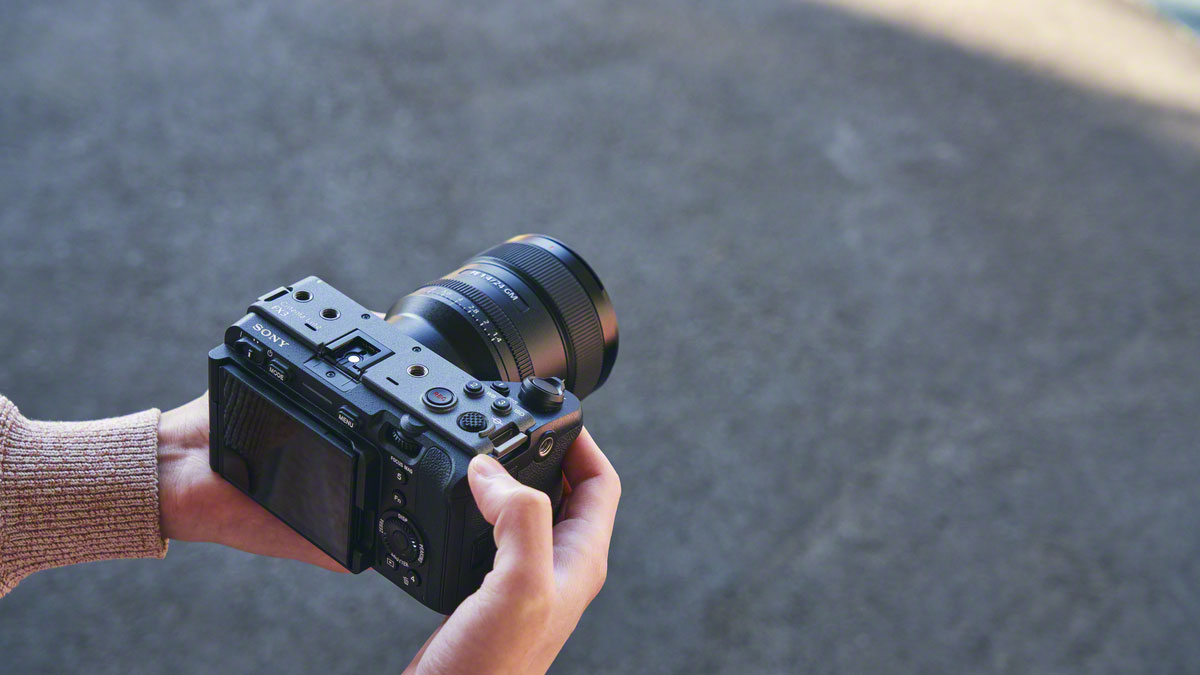
Sony FX3 price and availability
The Sony FX3 is available to pre-order right now, and should be available in stores from March. The price will be around 4,700 euros, £4,200 in the UK, around $3,900 in the US and will set you back AU$6,699 if you're in Australia. That makes it just a touch more expensive than the Sony A7S III and a lot cheaper than the Sony FX6.
Read more:
• Best 4K camera for video
• Best cinema cameras
• Best Sony cameras
• Best cameras for vlogging
• Sony A7S III review
• Sony FX6 review

Rod is an independent photography journalist and editor, and a long-standing Digital Camera World contributor, having previously worked as DCW's Group Reviews editor. Before that he has been technique editor on N-Photo, Head of Testing for the photography division and Camera Channel editor on TechRadar, as well as contributing to many other publications. He has been writing about photography technique, photo editing and digital cameras since they first appeared, and before that began his career writing about film photography. He has used and reviewed practically every interchangeable lens camera launched in the past 20 years, from entry-level DSLRs to medium format cameras, together with lenses, tripods, gimbals, light meters, camera bags and more. Rod has his own camera gear blog at fotovolo.com but also writes about photo-editing applications and techniques at lifeafterphotoshop.com
